get started?
Consultation
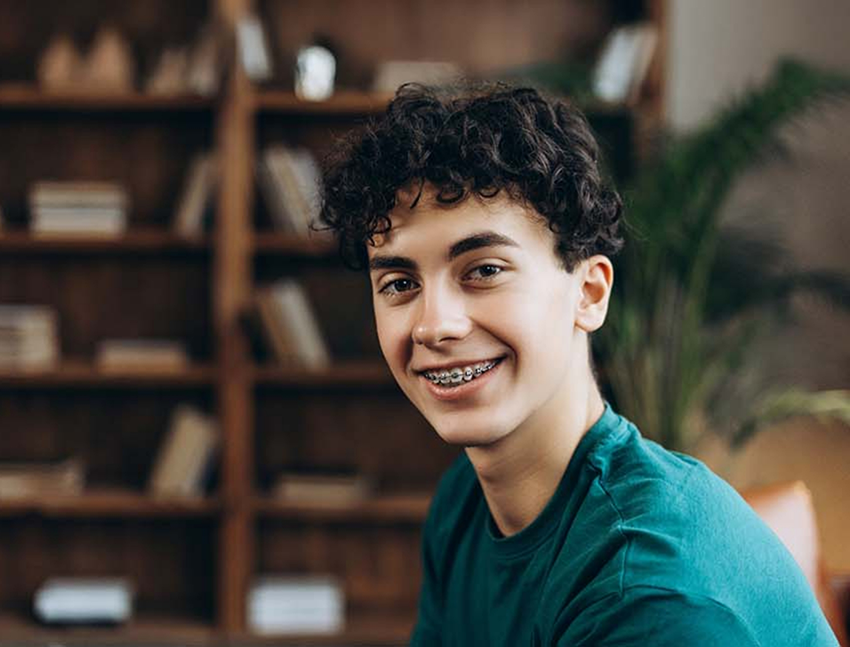
Whether your general dentist has just referred you for orthodontic treatment or you feel you could be impacted by misalignment and crowding, investing in traditional braces can offer you countless benefits, some of which could last a lifetime. Our team at Struble Orthodontics invites you to visit us for a consultation to learn what your treatment options are and what your journey towards a straighter, healthier smile will look like. Call our office today to schedule your appointment and learn more about traditional braces in Bend.
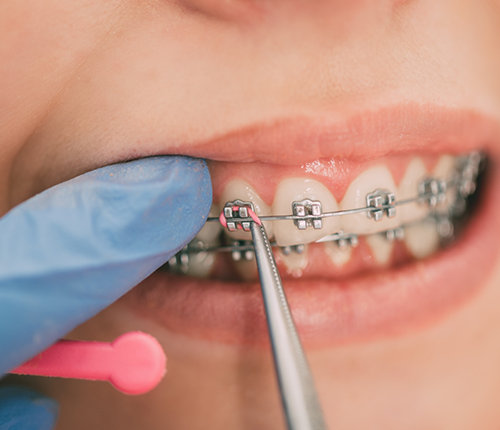
Traditional braces utilize metal brackets that are attached to each individual tooth and connected by threading an archwire between them all. The wire will be tightened, applying a gentle, yet strategic amount of pressure onto the teeth to encourage them to shift into their ideal alignment. With time, the teeth will move, and if necessary, elastics can also be used to adjust the jaw position and correct bite misalignment. The average traditional braces treatment typically takes between 12 and 24 months, depending on the severity of the orthodontic issues.
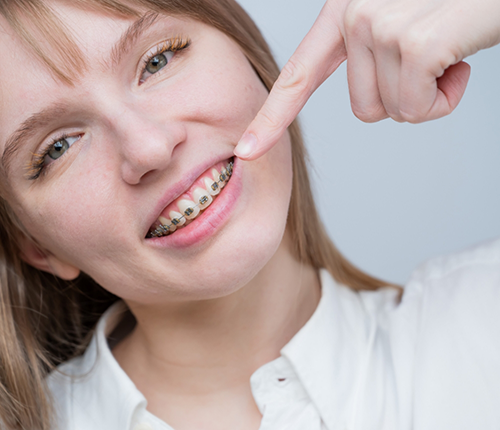
Trusted by countless patients, traditional metal braces are incredibly versatile and a popular choice among our patients at Struble Orthodontics. They can fix mild, moderate, and more severe orthodontic concerns, allowing patients to address multiple problems at a time.
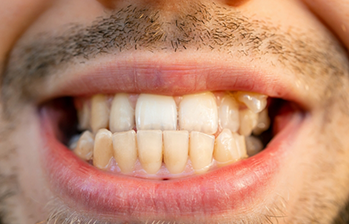
Bite misalignment, also called malocclusion, is a serious issue that can lead to other conditions if not addressed, like bruxism and TMJ disorder. Whether you suffer from an overbite, underbite, or crossbite, traditional braces can be paired with elastics to guide the jaw into its ideal alignment so you can enjoy a healthier, less-strained bite.
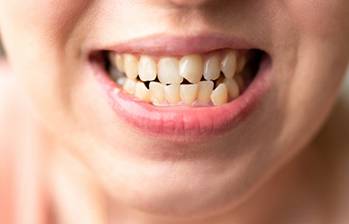
Are your teeth crowded, crooked, or overlapping? This isn’t just an aesthetic issue. These orthodontic concerns can increase your risk of oral health problems like cavities by making brushing and flossing more difficult.
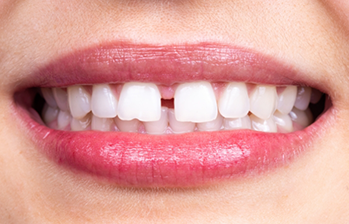
Gaps between your teeth can detract from the overall appearance of your smile as well as put your teeth at a greater risk of becoming damaged. Traditional braces can help align your arch, providing your teeth with better protection.
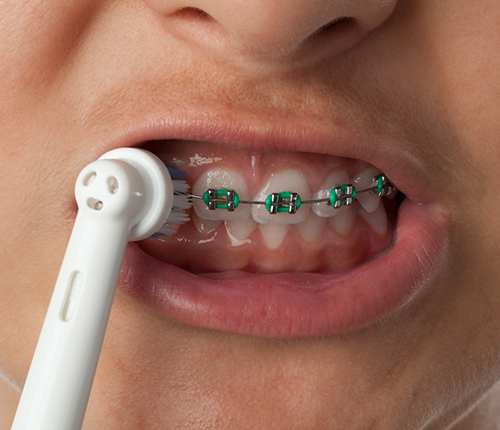
For the success of your treatment, good dental hygiene and braces maintenance are a must. There’s no need to feel overwhelmed, though, because our team will ensure you receive all of the education necessary to prevent cavities and other oral health concerns throughout your treatment. Here are some helpful tips to keep in mind:

Now that you know more about whether you or someone in your family might benefit from braces, you probably want to know how much it costs. There’s no one-price-fits-all scenario because the total due depends on your unique circumstances. Before we can provide you with a detailed estimate, you must have a consultation with one of our orthodontists. In the meantime, continue reading to learn more about what variables can impact the final amount owed, and feel free to reach out with any additional questions.
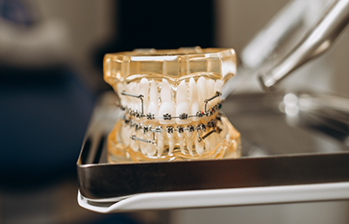
There are a few different things that can influence the cost of your braces, including:
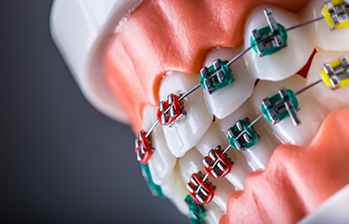
Although braces are the tried-and-true method for straightening smiles, many people have turned to “do-it-yourself” remedies to try to get the same results while saving money. When you’re on a tight budget, you might feel tempted to use common household items like fishing lines, earring backs, super glue, paper clips, floss, or rubber bands to realign your grin. However, doing so could harm your teeth, resulting in complex and expensive repairs. Plus, you could worsen your condition and shift them even further out of alignment, which requires professional intervention to repair.
Starting the process with your orthodontist instead of trying to fix your grin yourself can save you the additional cost and hassle.

Not all dental insurance policies include braces, though there are some exceptions. If you need to have your smile straightened for medical purposes rather than cosmetics, it’s more likely to be covered. For example, if your bite misalignment prevents you from eating or speaking, then your insurance provider is more likely to approve your orthodontic treatment.
Generally, about 50% of the cost is covered by different policies. Every plan is different, though, so you may want to verify the details of your policy. If you’re having a hard time finding the information, feel free to ask our friendly office staff for help. They’re familiar with the paperwork and can help you maximize your benefits.
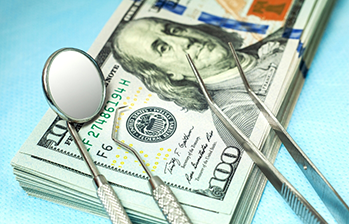
Although our office accepts most credit cards and dental insurance policies, we understand that not everyone can afford braces upfront. We don’t want your financial situation to keep you from having the perfectly straight smile that you deserve. Before starting any treatment, we’ll provide you with a detailed estimate, so you have a full understanding of the fees involved. Then, we’re happy to work with you on a payment plan that works for your budget so you can get the orthodontic treatment that you need.
Some patients only need to wear braces for a single year. In other cases, the treatment may take as long as three years. There are several factors that can affect the timeline:
Once your braces have been removed, your teeth will start to slowly move back to where they used to be. As such, you will be given a retainer to help you maintain your newly straightened smile. Some retainers are fixed in place, but if a removable retainer is used, you will need to be mindful of wearing it for the required amount of time. Normally, you will need to wear it all day at first, but after a while, you will reach the point where you only need to put it in right before you go to bed.
Technically, you can, but this generally isn’t the best decision except in very specific circumstances. Wearing braces on one arch but not the other could result in the teeth not coming together the way they should, potentially making existing bite problems worse and leading to TMJ disorder as well as other issues. Therefore, most of the time we will recommend getting braces for both arches of teeth.
Popcorn, caramel, nuts, hard breads, taco shells, and chips are all examples of foods that are best avoided while wearing braces. The general rule of thumb is to cut hard, chewy, and sticky foods out of your diet for the time being. That said, there are certain foods that you can still enjoy as long as you cut them into small enough pieces first; raw fruits and vegetables, as well as pizza crusts, are prime examples. Additionally, if you eat corn, make sure that it has been removed from the cob.




